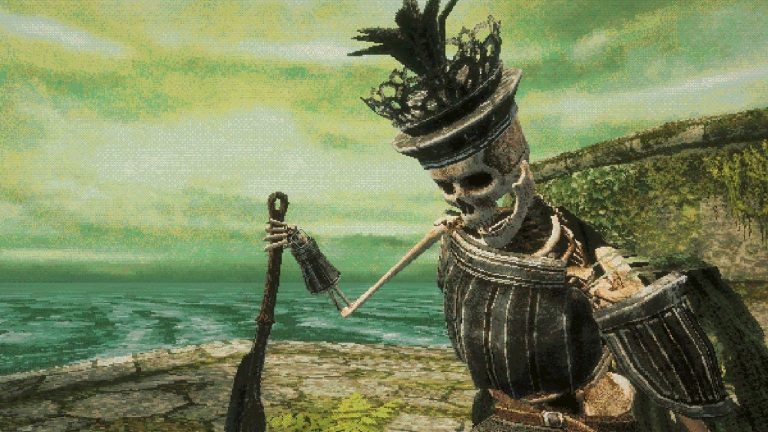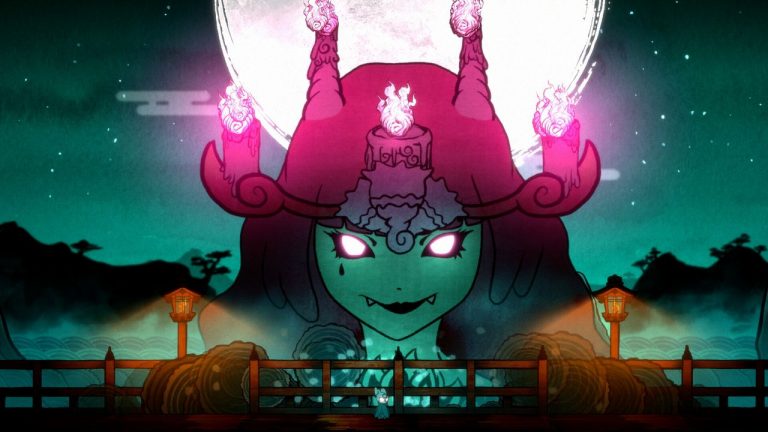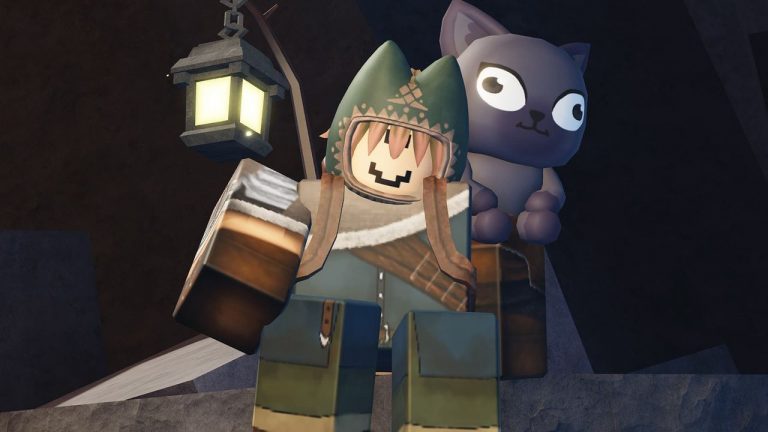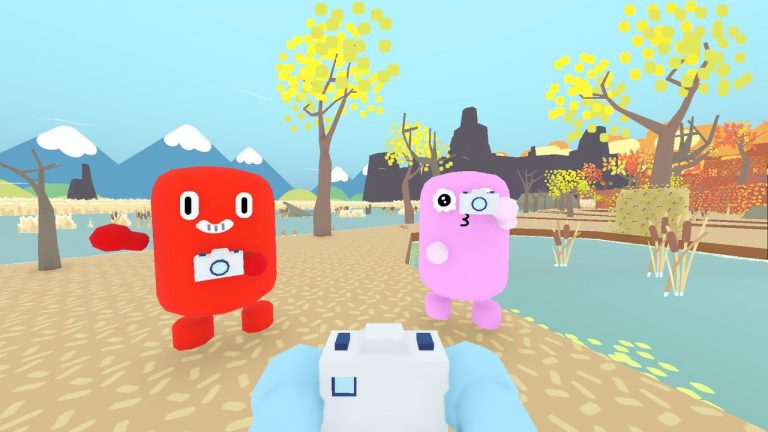Is the Slay the Spire board game a faithful adaptation? 100%—I’m not sure you could make a more accurate translation of the mechanics, look, and feel of the videogame to the tabletop. The more difficult question to answer is: Is that a good thing?
Originally Kickstarted in November 2022, the game is now available at retail (with a restock from the publisher next due in October if you can’t find it elsewhere), and it’s a really lovely box of stuff. The component quality is impressive—from the miniatures representing the four playable heroes, to the cardboard tokens, to the boards representing each act, to, of course, the metric ton of cards, which even come with a full set of custom card sleeves. If you’re a fan of the game, it’s just a beautiful object to own.
It’s all a pleasure to organise, despite the volume of components, thanks to well-designed box inserts and a generous supply of card dividers. That makes it really easy to set up for a game, too, and if you’re already familiar with Slay the Spire you’ll barely need to check the rulebook before you’re right into the action. Given how many board game adaptations of videogames are unwieldy monsters of card and plastic, it’s refreshing how quick it is to get this one to the table.
Where the mechanics do differ from the videogame, it’s in ways cleverly designed to better accommodate the tabletop experience. For example, a dice is rolled each turn, and whatever number it shows dictates both the attack patterns of enemies and the activation of certain relics (such as ones that, in the digital version, activate after a certain number of actions have been performed). It not only prevents excess tracking of events, it also creates moments of surprise and excitement that gel better with the board game experience. It’s simply fun to roll a dice and have it come up with the number you wanted—that’s science.
More minor tweaks ensure that the many familiar mechanics and cards retain the feel of their digital counterparts without creating awkward bookkeeping. The Silent’s shivs, for example, are turned into tokens, so you’re not constantly adding and removing one-use cards to your deck. There are also more limits—things like how much block you can gain or how much energy you can generate are capped, preventing some of the more extreme game-breaking and infinite loop deck builds possible in the videogame that would derail a tabletop session with maths and note-taking.
(Image credit: Contention Games, Megacrit)
Up to four slayers can make their way up the Spire together, and it’s this idea that will really delight StS veterans.
These changes do add up to enough differences that you can’t simply translate a deck 1:1 from videogame to board game, but it’s subtle enough that the same core ideas and combos are all still sound. If you’ve enjoyed a certain archetype of deck on your PC, chances are you can make one that looks and feels similar enough on the table.
Other systems are enhanced just by the move to a physical medium. You can still upgrade cards, for example, but that’s handled by making each double-sided, with the normal version on one side and the enhanced version on the other—hence the need for official card sleeves in the box. Performing an upgrade by taking a card out, flipping it round to its better side, and sliding it back in is just tactile and satisfying, making the process of improving your deck a little ritual rather than just a quick click.
The one really radical and important change the game makes, however, is that it introduces co-op play. Up to four slayers can make their way up the Spire together, and it’s this idea that will really delight StS veterans.
Better together
(Image credit: Contention Games, Megacrit)
Each player has their own row of enemies, who’ll always focus their attention on them. But they’re free to apply damage and effects to another player’s row, if they wish, and as players all act in the same phase, you can play cards in whatever order you wish. Some cards have been changed to play with the co-op mechanics directly—such as allowing you to apply block to an ally instead of yourself, or to swap your rows with them.
Comboing different deck archetypes together is a blast, allowing for all sorts of tactics never possible in the solo-only videogame. Previously one trick pony decks—such as a block-stacking Ironclad, or a poison-focused Silent—can help compensate for each other’s weaknesses and play off each other’s effects, allowing for more specialised approaches. Some of the predictability of combat is also removed—you’re not just looking for the same run of cards in your hand every turn, you’re wondering how they could be interwoven with all the different cards drawn by your friends.
And honestly, beyond the mechanical advantages of working together, it’s also just lovely to have other people to show off to. When you have a great run in the videogame, and put together a really wild deck, there’s no one there to enjoy it but you. In the board game, your game-winning plays are greeted by the cheers of your friends—followed by the delight of seeing what wacky nonsense they manage to pull off too.
(Image credit: Contention Games, Megacrit)
Because the death of any one slayer means a loss for everyone, it’s very possible for one weak link to derail your whole adventure.
At the same time, however, co-op does serve to highlight some of the biggest downsides of this adaptation. For one, it’s simply a lot slower than playing the videogame, and that’s only multiplied the more people you have around the table. One act is easily an evening’s worth of play, especially while you’re still learning the rules—which means beating all three requires getting the same group of players together multiple times.
In the videogame, if you have an unlucky run or make a mistake in a crucial fight, you’ve only lost minutes of your time, and another run is just a click away. Here, losing in the later stages could mean weeks or more likely months down the drain, depending on how reliable your group is. And because the death of any one slayer means a loss for everyone, it’s very possible for one weak link (perhaps the one member of your group who hasn’t sunk 200 hours into the videogame) to derail your whole adventure.
Add on the bonus fourth act and its true ending, ascension levels, and unlockable cards, and the result is something that feels more like a lengthy campaign game—similar to games like Gloomhaven or Divinity: Original Sin The Board Game, but without the benefit of the layers of narrative and novelty that keep those feeling fresh. If that’s what you’re looking for, then you’ll certainly get your money’s worth here, but it doesn’t feel in keeping with the videogame’s roguelike spirit. The quick repeatability in the original allows you to experiment and learn in a way that doesn’t feel punishing, and every run leaves you thinking “Have I got time for just one more?”. The board game feels like a marathon by comparison, testing your patience and your scheduling abilities as much as your deck-building.
Cards on the table
(Image credit: Contention Games, Megacrit)
Though playing solo is quicker, without the added spice of co-op I think most will quickly find themselves questioning why they aren’t just playing the videogame instead. There’s certainly something to be said for getting away from a screen and the feel of physical components in your hands—solo board gaming can be very meditative in a way that videogames rarely are—but the core experience is so familiar that it’s impossible not to make the comparison and simply find the board game an awful lot more work for a very similar result.
There’s not even any additions here to the Slay the Spire universe for dedicated fans. The art is all simply the same as in the videogame (though it does look lovely on card), the four characters are the four you already know, the board looks like the act map, the tokens look like the relevant icons, etc. Other videogame-to-boardgame adaptations have offered much more new material, whether telling their own story in that universe, showing off fun new art or substantial collections of miniatures of existing characters and creatures, or letting you explore the setting in a different way. What you get here, for the most part, is just Slay the Spire in a box, for better or worse.
The board game is almost in competition with the videogame that inspired it.
As a direct adaptation, the quality here is exceptional. It looks great, it feels great, and it really does play like Slay the Spire with a co-op mode. Considering that’s one of the best PC games of all time, the result is a very fun and engaging tabletop experience that any existing fan can pick up in minutes. But it also means the board game is almost in competition with the videogame that inspired it, and in that fight the convenience of the latter is an enormous point in its favour. Not to mention the price—the board game is £91 / $115 just for the regular version, or £134 / $170 for a fancy collector’s edition with some (admittedly very nice) player mats and metal coins, which also forces a comparison with a lot of other very good board games that can be had for less.
I’m impressed by the Slay the Spire board game, and I have enjoyed my time with it, but it’s definitely hard to recommend without some significant caveats. If you’re a hardcore fan who loves the idea of holding a physical version of the videogame in your hands, then rest assured that this game lives up to that promise in almost every way. If you’ve got a keen group of Slay the Spire-obsessed pals and love the idea of taking it on as a team, you’ll discover a whole new perspective on the iconic roguelike. But if any part of you is thinking “Why would I need this when the videogame already exists for a fraction of the price?” then… well, you probably don’t, and should just wait for Slay the Spire 2 to arrive next year instead.












